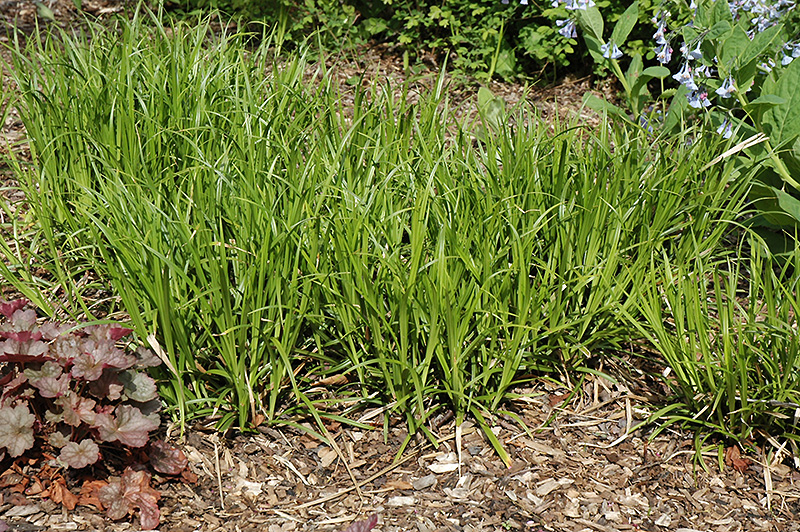VANDERMEER
PLANT LIBRARY
Find the perfect plant for your space by browsing through this extensive selection that we typically carry every year.
This library is for information purposes only.
Height: 3 feet
Spread: 24 inches
Sunlight:
![]()
![]()
Hardiness Zone: 5b
Other Names: Morning Star Sedge, Gray Sedge
Description:
Unusual star-shaped seedpods can be used in floral arrangements and add winter value; features attractive fresh green, leathery, grassy foliage, great in a moist border in part shade or sun
Ornamental Features
Gray's Sedge is primarily valued in the garden for its ornamental upright and spreading habit of growth. Its grassy leaves are emerald green in colour. The foliage often turns brown in fall.
Landscape Attributes
Gray's Sedge is an herbaceous evergreen perennial grass with an upright spreading habit of growth. Its medium texture blends into the garden, but can always be balanced by a couple of finer or coarser plants for an effective composition.
This is a relatively low maintenance plant, and is best cleaned up in early spring before it resumes active growth for the season. Deer don't particularly care for this plant and will usually leave it alone in favor of tastier treats. Gardeners should be aware of the following characteristic(s) that may warrant special consideration;
- Self-Seeding
Gray's Sedge is recommended for the following landscape applications;
- Mass Planting
- General Garden Use
- Groundcover
- Naturalizing And Woodland Gardens
Planting & Growing
Gray's Sedge will grow to be about 30 inches tall at maturity, with a spread of 24 inches. Its foliage tends to remain dense right to the ground, not requiring facer plants in front. It grows at a medium rate, and under ideal conditions can be expected to live for approximately 10 years. As an evegreen perennial, this plant will typically keep its form and foliage year-round.
This plant does best in full sun to partial shade. It prefers to grow in moist to wet soil, and will even tolerate some standing water. It is not particular as to soil type or pH. It is somewhat tolerant of urban pollution. This species is native to parts of North America. It can be propagated by division.





